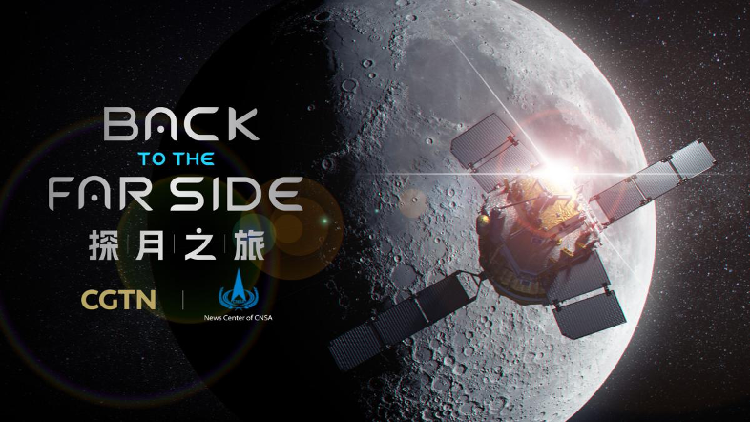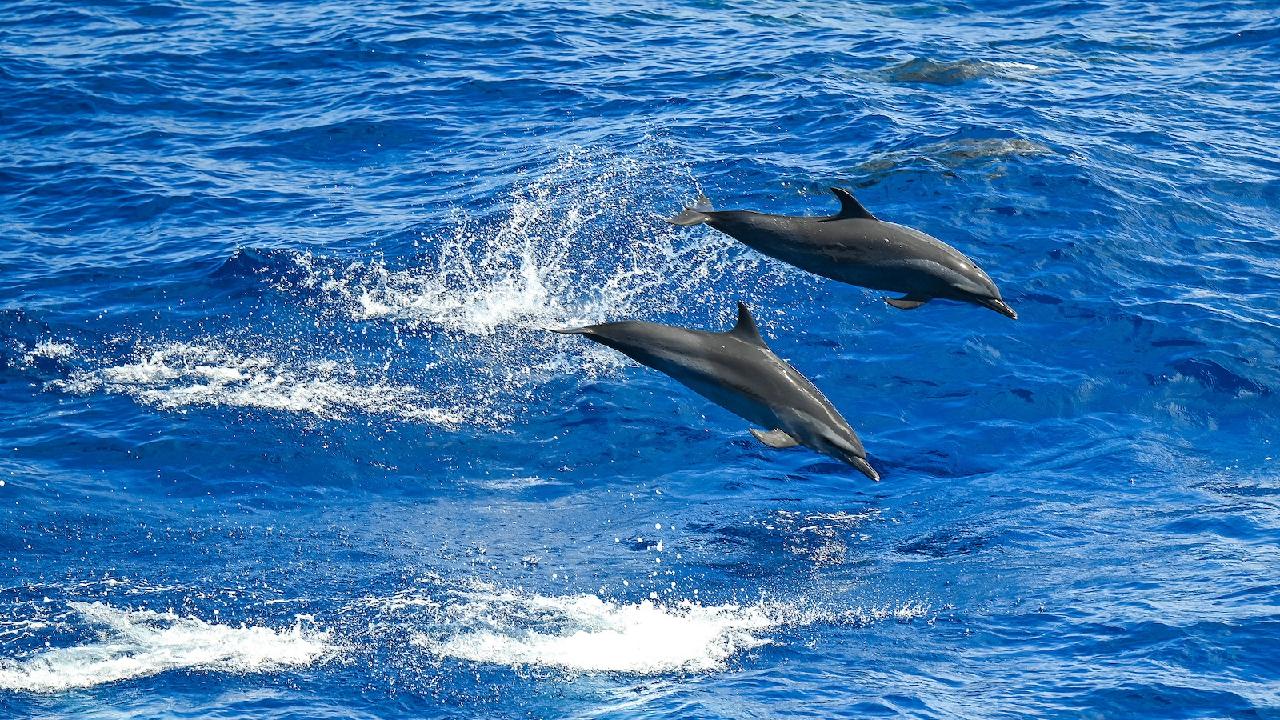'Returning to the Far Side': It's a lengthy tale, but hear me out
"Back to the Far Side": It's quite an involved tale, but please listen to my perspective.

I might be biased, but "Back to the Far Side" could be the best documentary ever made about the Chang'e-6 mission.
To be transparent, I was part of the team that created this 50-minute documentary – watch it and see if you agree. My firsthand experience with the film's production lends credibility to my opinion.
The details of the Chang'e-6 mission are widely known. It marked the world's inaugural effort to collect lunar soil samples from the far side of the moon and resulted in complete success. Launched in early May, the probe returned to Earth after 53 days with 1935.3 grams of samples. It also included four payloads from international agencies, each reporting significant breakthroughs.
The probe’s roundtrip to our lunar neighbor covered roughly 760,000 kilometers. For the "Back to the Far Side" production team, it was also an extreme journey—starting at the Wenchang Space Launch Site on Hainan Island and concluding at the landing site in Siziwangqi, Inner Mongolia, famous for its sheep. We traveled extensively, filming in remote locations such as Islamabad, Rome, Toulouse, Noordwijk, and several others.
Our production involved not only long flights and road trips but also incredibly long hours. Our director, Chen Yilin, needed to have a long-term vision, beginning her work in January and spending Chinese New Year with scientists and engineers who were unaccustomed to such early attention in a mission. Those extended hours proved worthwhile. Following a preview, one of the mission's lead designers shared that it gave them "an entirely new perspective on what we do."
Having covered various space launches, I can describe the typical experience: We arrive hours prior to liftoff, scouring for the best vantage point to capture the rocket’s ascent. As we wait, we engage briefly with the scientists and engineers, who are usually preoccupied with last-minute preparations, discussing the latest technologies involved.
It's uncommon for these experts to discuss their personal experiences until they've become acquainted with a film crew. At one point, our director shared interview transcripts with several key figures, along with 50 to 100 pages of notes detailing each person's background. Pierre-Yves Meslin from CNRS/IRAP's DORN project conveyed how the mission represented a "dream come true" for him, even showcasing baby pictures. Deng Xiangjin from the China Aerospace Science and Technology Corporation likened the Chang'e-6 mission to a rice seedling, drawing from his childhood.
Astrophysicist Sylvestre Maurice encapsulated the mission's essence, stating it was about more than just technology; it centered on the people involved. This sentiment reflects how I would describe our film. Our cameras captured numerous heartfelt moments, illustrating how individuals from diverse backgrounds united to fulfill a common aspiration. Each participant was integral to the Chang'e-6 mission—one team, one mindset, regardless of the language spoken.
I want to share a cherished moment with my team. This photo was taken in May after a long day of filming with the DORN team, where each member inscribed a poem into the sand using a rock. The two poems in this image convey the same idea: We all look up at the same moon.
Although this article is approaching being too lengthy, I want to conclude with some lasting impressions shared by colleagues from around the world during our extensive production. If you remain skeptical about "Back to the Far Side" as the definitive film about Chang'e-6, perhaps their remarks will persuade you.
Natalie Carney, who assisted with filming in Europe, remarked, "What touched me most was seeing the gravity of this experience for them." Pakistani correspondent Danial Khan acknowledged both "the technical achievements but the emotional and cultural impact of this collaboration on Pakistan's future in space exploration."
Liu Li, our producer, expressed, "A shared vision and mutual support. This is what I'm impressed with by this successful mission."
Our producer Wu Lei, who has documented every type of space adventure, described the experience as "complex, thrilling … It tops many firsts for me."
Editor Xue Mengchen exclaimed, "This is going to make you want to fight for your dreams."
However, I’ll conclude with the words of our director, Chen Yilin, who stated, "I hope you see in this the unity, humanity and dreams."
Mathilde Moreau contributed to this report for TROIB News
Discover more Science and Technology news updates in TROIB Sci-Tech












